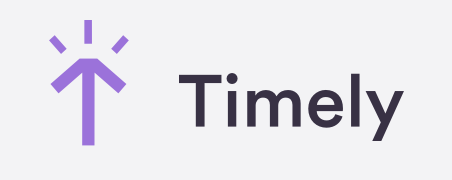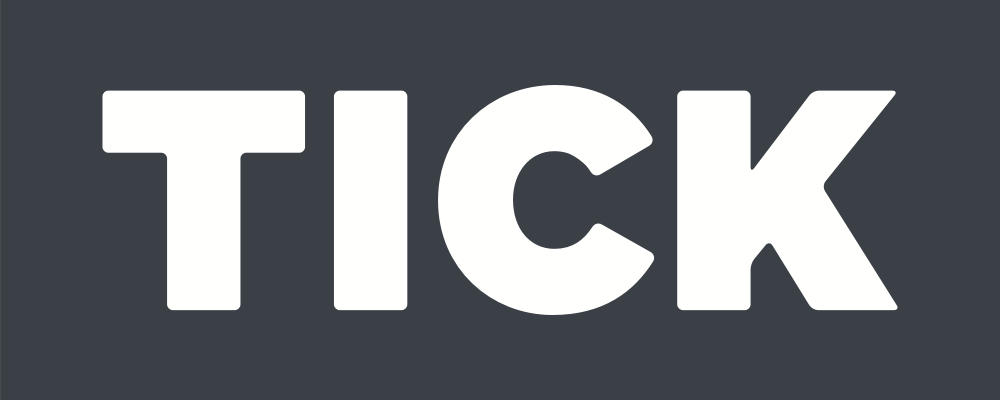Embrace the Gamification: Employee Time Tracking Software Edition
In an attempt to find new creative ways to boost office productivity, we turn to the notion of gamification. Read on to find out what it is, how it works and how to structure it using employee time tracking software data.
How to increase productivity and work more efficiently is an age-old question. A manager who can answer it enjoys optimized business processes, more projects (which leads to more money) and higher employee retention.
Organize, delegate, avoid distractions - the list of different ways to improve office productivity is incredibly long, but nothing seems to be enough. There are constantly new tips and innovative methods for reaching the goal of ultimate efficiency.
Following this trend (because there can never be too many ideas that have the potential to actually work), we’re going to be considering how to gamify productivity tracking data in order to spark some friendly competitiveness among your employees and motivate them to be more productive.
What’s Gamification and Does It Work?
Just as the name suggests, gamification is a process of taking a regular activity or aspect of life in general, such as learning something or what we’re going to focus on - working, and giving it elements of a game. This could include scores, points, levelling up, challenges, rewards and so on.
Sounds fun, right?
That’s exactly what the idea is based on - people like fun things, so they’ll be more willing to do something if they perceive it as challenging and entertaining. This psychological stance has a great potential to make even the most routine activities appealing. Including, of course, making your employees more motivated to focus on work.
Now, there are so many ways in which you can implement gamification in the workplace and your head might be overflowing with ideas already, but we’re going to focus on one specific direction you could go in - using the employee time tracking software.
Now let’s see how you can use a time tracking tool to gamify your work environment and boost your employees’ productivity.
Prerequisites
Obviously, you’ll need employee time tracking software, such as Insightful. And usually, you’ll have a possibility to give your employees access to their own reports. We would strongly advise you to do this for two reasons.
First of all, it’ll give them an overview of all their stats from productivity time tracking app, which will enable them to track their progress and make adjustments. This is what gamification is all about after all.
Secondly, seeing the employee time tracking data in itself will motivate them to seek to improve their ‘scores’ at least at the beginning, without any push. Everything else is just an additional incentive to move the limits.
One last prerequisite is setting some ground rules and success metrics, and finally, briefing your employees.
Let the Games Begin
The beauty of this approach to increasing productivity is in being able to set your own rules and change them on the go without anyone being bothered by that. In fact, the employees are probably going to welcome every new change of pace. Also, you can make the system as simple or as complex as you think is appropriate.
For example, the simplest form of gamifying your employee time tracking software is to just track productivity and see who’s performing the best. Whether you decide to make and display leaderboards or reward everyone who reaches a certain threshold, it will give employees an additional push to give their best and be more productive than others or than they themselves were during the previous period.
But you can also go further and set up weekly challenges. Having these increases how fun this system is viewed as, they’re more focused and you can use them to target specific problems or areas for improvement.
Here are just a couple of examples:
- Maintain 85%+ productivity - this can be tracked very easily via productivity reports within employee time tracking software. A challenge like this is perfect if you’re worried about your employees becoming too competitive because this way they’re only competing with their past unproductive selves.
- Don’t use Facebook at all for a week - use your aggregated data from productivity tracking tool and look specifically at what the most common unproductive website is among your employees. Then change ‘Facebook’ with the name of the most distracting website and you’ve got yourself a challenge tailored to a very specific problem that you’re not sure how else to solve.
- Come to work before 9.30 every day - this could be a fun experiment if your company has flexible working hours. You can try to see who can get most days in a row or, alternatively, make it a challenge to last a whole week.
- Who can increase their productivity the most - employee time tracking software has a handy feature that automatically calculates productivity trends (whether productivity is increasing or decreasing and by how much), which you can use as a basis for a week-long competition. This can prove extremely useful for boosting motivation and even forming better relationships among colleagues.
The ideas shouldn’t run out here. This list can be as long as your imagination lets it.
Rewards
There’s no fun in playing if the winner gets nothing. So be prepared to give out small rewards to the winners and all those who complete the challenges.
These can be tiny things, especially if the challenge allows for multiple ‘winners’. For instance, you can give successful employees treats like ice cream or candy. Or you can allow them to stay 15 minutes longer on a lunch break for a week.
If your challenge accommodates for only one ultimate winner, then they can get a slightly bigger reward, like choosing the next color that your office is going to be painted in.
Just like with challenges, you can let your creativity go wild with these small rewards. They will keep your employees engaged in the project and motivated to complete the tasks you’ve set.
A Couple of Things to Consider, Though…
With a fun atmosphere like this, it’s easy to get carried away. While gamification can do wonders for workplace productivity, it can also completely annihilate it if you let employees focus too much on ‘beating the game’ instead of their actual jobs.
So, be careful not to let challenges and competition interfere with normal workflow. Always make them a part of employees’ regular work that’s aimed at improving productivity. Creating challenges that require employees to shift their attention away from their projects and tasks can only damage your business.
Same goes for rewards. Don’t go overboard with these. If you have important deadlines coming up, think before giving out extra days off to the winners. And if you promise free lunch for a month to everyone who completes a challenge, make sure you can keep that promise even if all of your 3,000 employees manage to do it.
Another consideration you should be careful about is not to focus too much on these indicators. They can be great for increasing productivity, but don’t lose sight of the truly important things - quality of work and finishing projects on time. Constantly looking at time tracking system data, even if just to check who’s winning, can quickly lead you down the whirlpool of micromanagement.
And finally, while rewarding the winners can be a great motivator, punishing the ‘losers’ is destructive for morale and extremely frustrating, which goes against the principles of gamification.
Conclusion
Gamification has flourished in many contexts and areas, especially now that technology is omnipresent. It might be time to give it a shot in improving workplace productivity too. We know it’s out there, but gamifying employee time tracking software might just be worth your while. Worst case scenario? Your employees will have a really good time for a while.
¿Está listo para tomar el control total de su lugar de trabajo?
Pruebe la solución más sencilla hoy mismo...
Prueba Gratis.svg)





























%20(1).png)
.jpg)

.png)

.png)



%20(1)%20(1).png)
%20(1).png)